Evaporative Emission Control System Vent Valve Or Solenoid
Evaporative emission control system vent valve or solenoid. Although system designs vary typically the primary components found within an EVAP system include the gas tank the gas cap the vent valve the purge valve and the charcoal canister. What does an EVAP vent solenoid do. When the ECM sends an ON signal the coil in the solenoid valve is energized.
The vent valve which allows fresh air to enter the charcoal canister is usually open. During the Evaporative Emission EVAP System Test Monitor Evaporative Emissions Repair Verification Drive Cycle and the Evaporative Emission System Leak Test the canister vent solenoid is closed to allow a vacuum to be drawn on the fuel tank at a specific level. When this occurs the EVAP system may not be capable of pressurizing and maintaining a vacuum seal.
What to do if your car has code p0446. One side of the vent valve is connected to the charcoal canister. To prevent environmentally harmful leaks NAPA Echlin offer an expansive line of high-quality EVAP System components including canister vent solenoids.
The evaporation vent solenoid is an emissions system component that is engineered to collect and recirculate evaporative emission generated from the EVAP filter which contains carbon that collects unburnt hydrocarbons produced inside the fuel cell. Where is the EVAP vent solenoid located. Find out more about the most likely OBD-II.
The purge valve or canister purge solenoid allows fuel vapors to be drawn from the vapor canister into the engine. Battery voltage is supplied to the EVAP canister solenoid valve. The vent control valve is usually installed at the back of a car or truck.
DTC P0449 Evaporative Emission EVAP Vent Solenoid Control Circuit. This generic OBD-II code indicates that the evaporative vent valve in the emission control system is malfunctioning. It controls the flow of outside air in and out of the charcoal canister.
Remove the EVAP vent control valve from the vehicle. This solenoid the EVAP canister vent control valve responds to signals from the Engine Control Module ECM.
Basically the EVAP system is a collection of components working together to prevent fuel vapors from entering the atmosphere.
Tech Tip- The EVAP vent control valve is usually located under the car in the rear of the vehicle by or attached to the charcoal canister Verify with no power or. Vapor Canister Purge Valve Location The Canister purge control valve is most often located in the engine bay on a hose going from the intake to the canister. In some cars its called Canister Close Valve CCV. It can also be located near the fuel tank. Tech Tip- The EVAP vent control valve is usually located under the car in the rear of the vehicle by or attached to the charcoal canister Verify with no power or. What is the evaporative emission system vent control circuit. When the ECM sends an ON signal the coil in the solenoid valve is energized. When the ECM sends an. The ECM monitors the status of the driver.
The purge valve or canister purge solenoid allows fuel vapors to be drawn from the vapor canister into the engine. OBD II fault code P0449 is defined as Evaporative Emission Control System Vent ValveSolenoid Circuit Malfunction and is set when the PCM Powertrain Control Module detects that a part of the EVAP Evaporative Emission Control System is not working within design parameters. The canister vent solenoid is normally open. The Vent Solenoid is a normally open valve that is commanded closed to seal the EVAP system and stop air flow into the charcoal canister. Also known as a canister purge solenoid this PCM-controlled valve opens to allow fuel vapors to be drawn from the vapor canister into the engine. To prevent environmentally harmful leaks NAPA Echlin offer an expansive line of high-quality EVAP System components including canister vent solenoids. Tech Tip- The EVAP vent control valve is usually located under the car in the rear of the vehicle by or attached to the charcoal canister Verify with no power or.
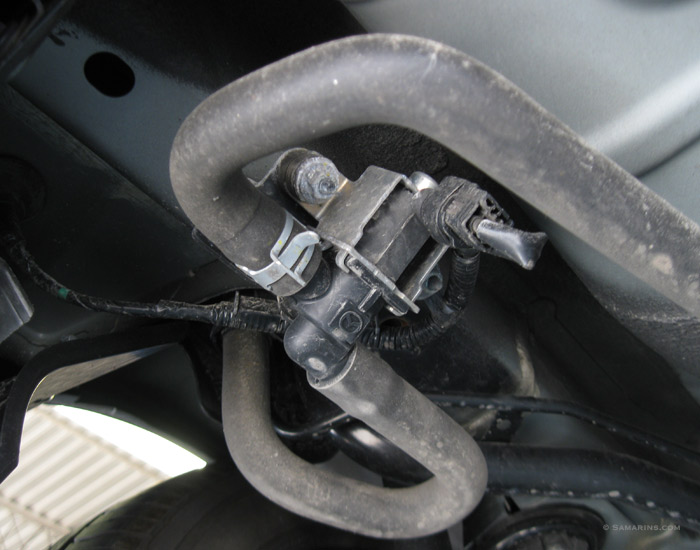
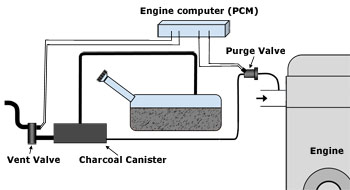





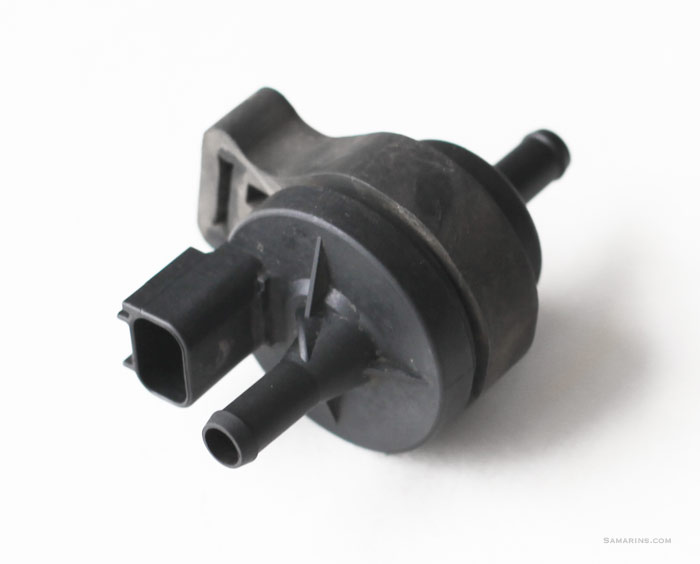





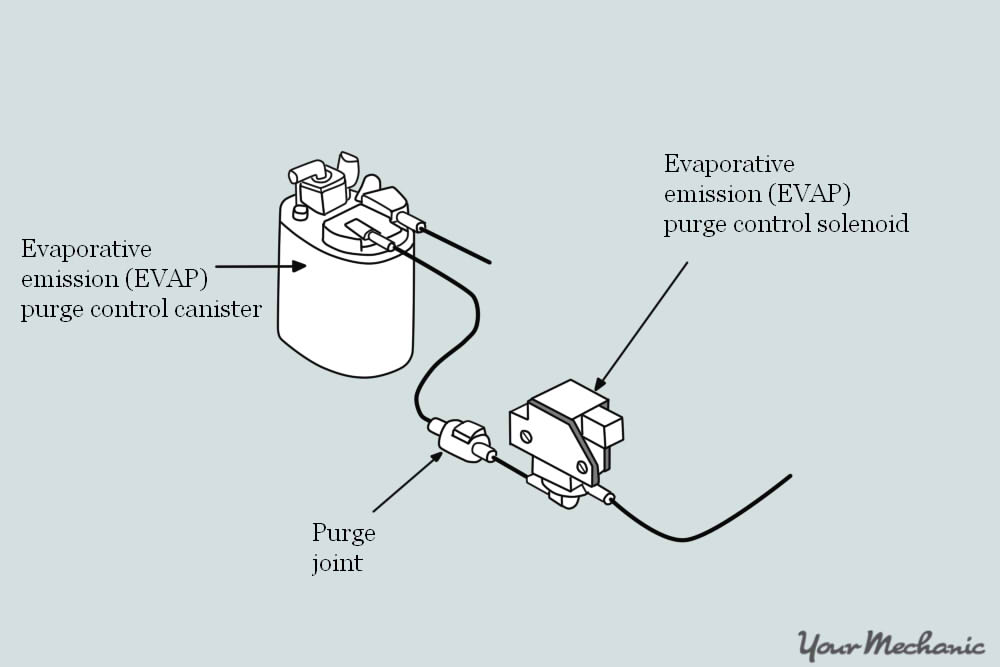


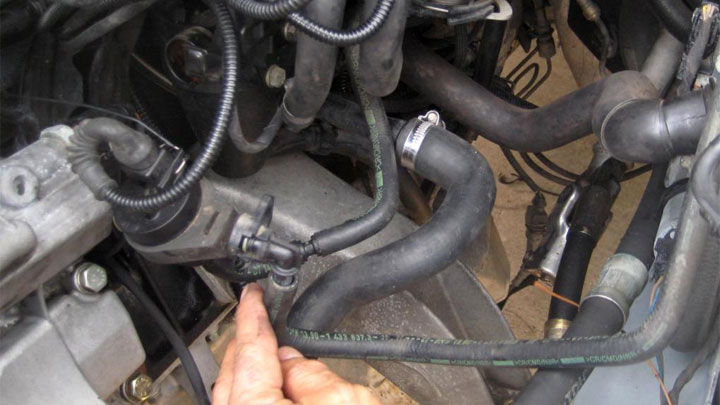
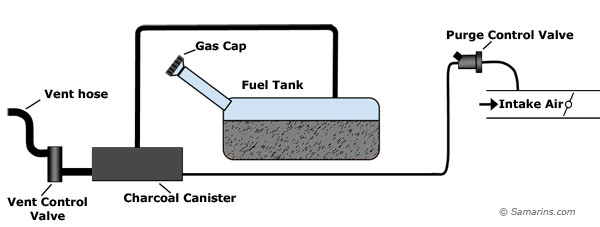
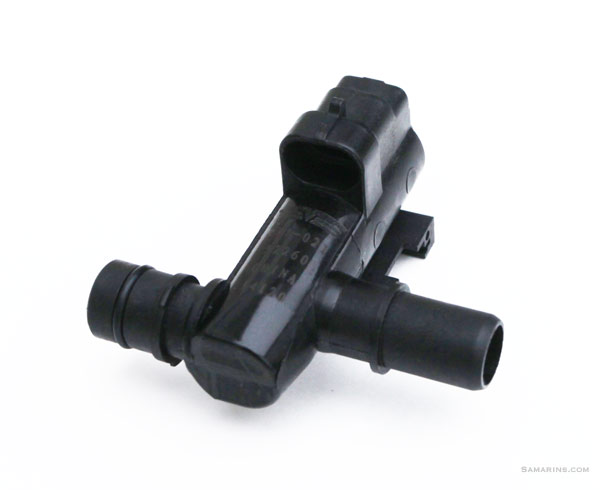

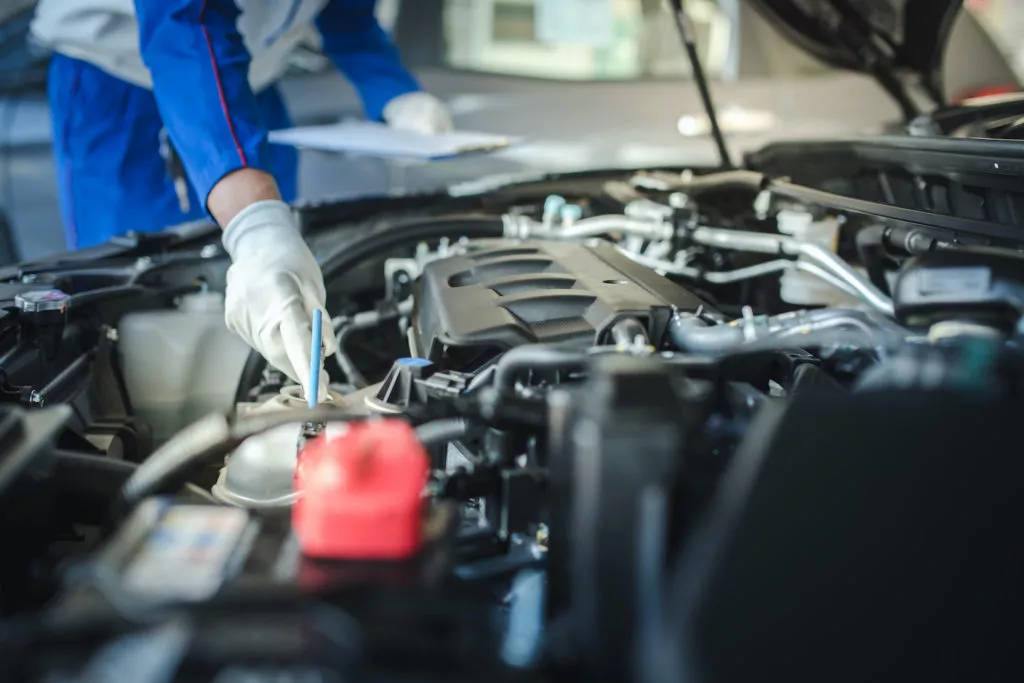





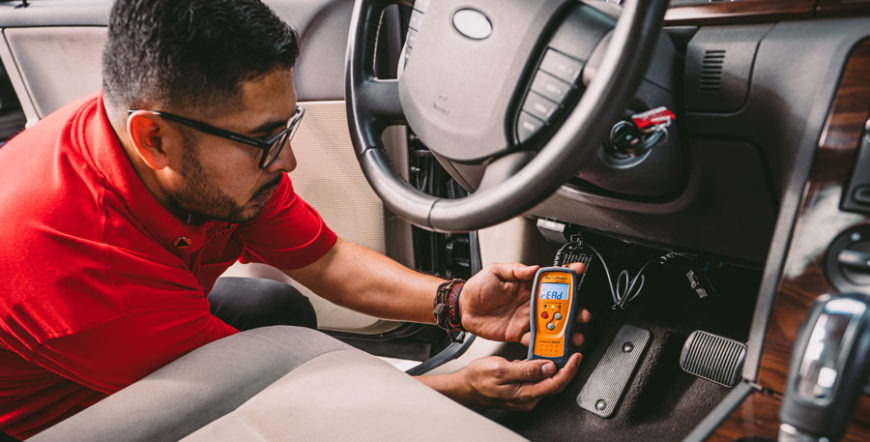
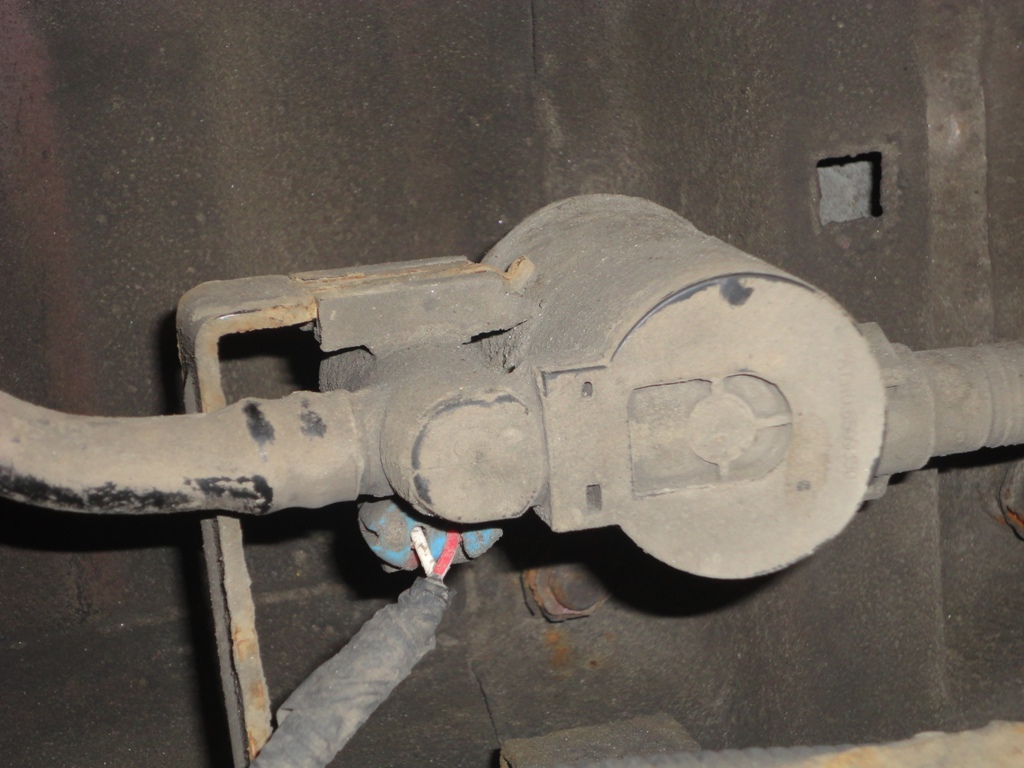


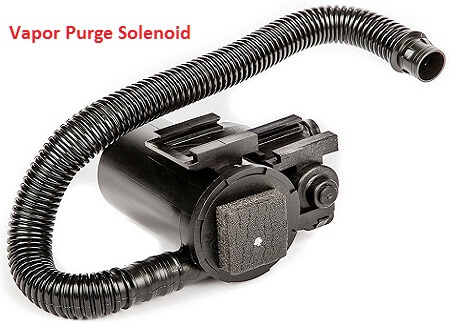







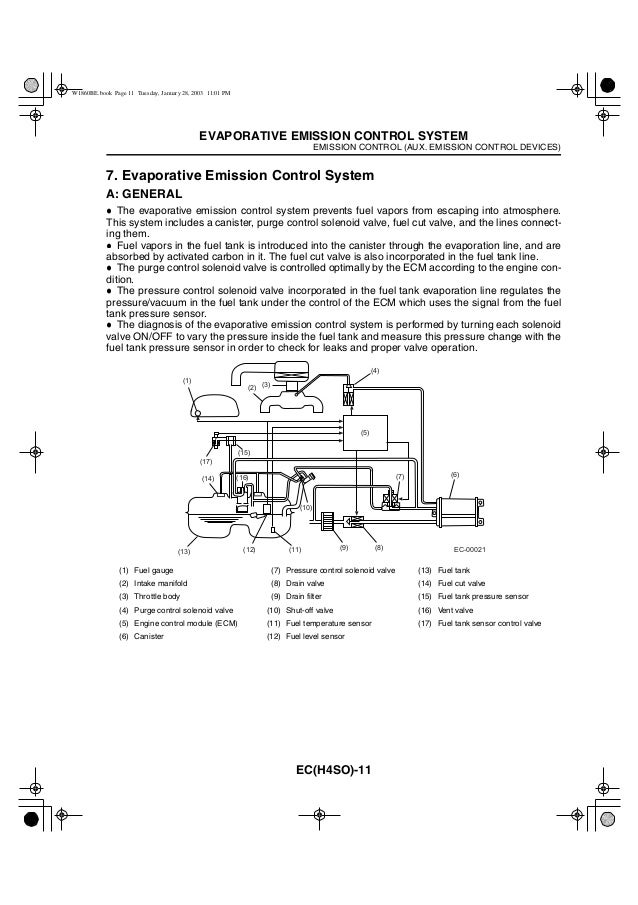
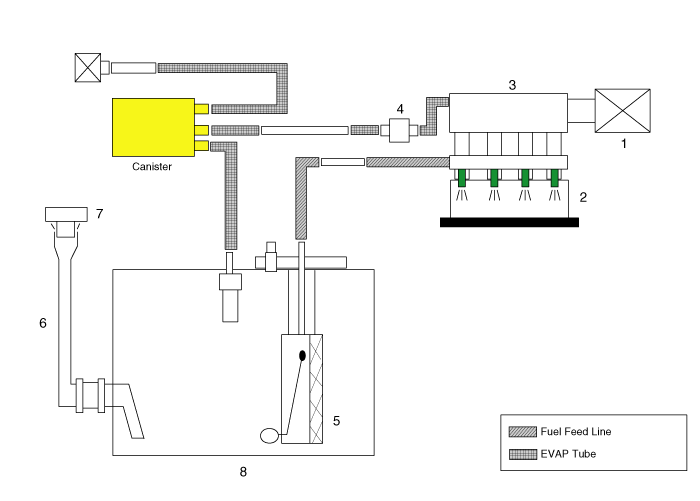



Post a Comment for "Evaporative Emission Control System Vent Valve Or Solenoid"